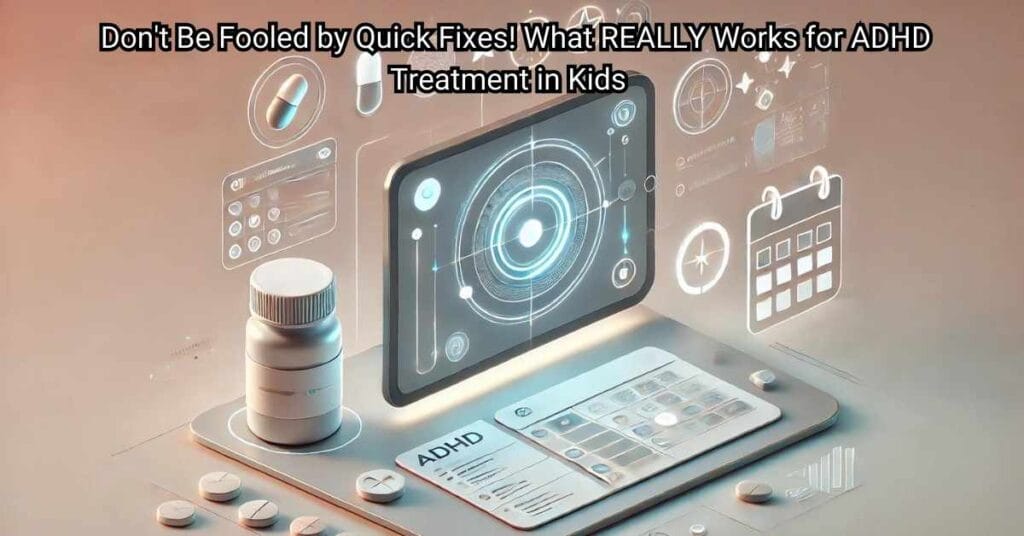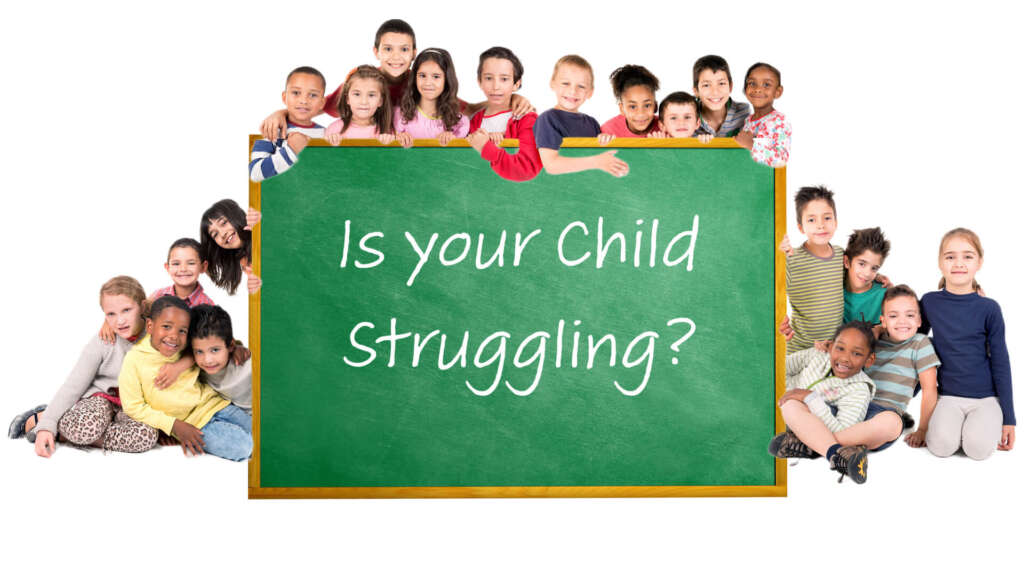Get Kids to Listen by Helping Them Think

Do you ever feel like your kids just don’t listen? You ask them to do something, and it’s like your words go in one ear and out the other. It’s frustrating, isn’t it? But here’s the thing—it’s not that they’re intentionally ignoring you. Often, kids aren’t truly engaging their brains to think about what you’re asking. Instead, they’re simply reacting in a reflexive way, which isn’t sustainable or effective in the long run.
For children, especially those with ADHD, the key to better listening and follow-through isn’t about drilling commands into them—it’s about teaching them to think for themselves. When kids learn to process and solve problems instead of just obeying instructions, they become more independent, confident, and capable. Here’s how you can make this shift and help your child truly listen by engaging their minds.
Why Kids Don’t Always Listen
First, let’s understand why kids—and particularly kids with ADHD—often struggle to follow instructions. Their brains process information differently. Multi-step directions can feel overwhelming, and without active engagement, they may forget or lose focus. They’re not being defiant; they’re simply not processing the request in a way that sticks.
When we focus on helping kids think rather than just listen, we’re teaching them to pause, process, and problem-solve. This not only helps in the moment but also builds lifelong skills for independence and resilience.
Shift from Commands to Questions
One of the simplest ways to help kids think is to replace instructions with questions. Instead of saying, “Clean your room!” try asking, “What’s the first thing you can do to tidy up?” Instead of, “Put your shoes on!” ask, “What do you need to do next to get ready for school?”
Questions do two things: they make the child an active participant in the task, and they encourage problem-solving. This helps the child take ownership of the task, rather than feeling like they’re just following orders. It shifts the responsibility to their brain—and that’s where the magic happens.
Encourage Reflection and Ownership
When children complete a task, take a moment to reflect with them. Ask questions like:
- “What went well?”
- “Is there anything you’d do differently next time?”
This reflective process helps them think about their actions and decisions, reinforcing their ability to solve problems independently. It also builds self-awareness, a critical skill for kids with ADHD.
Offer Choices to Reduce Resistance
Kids with ADHD can feel overwhelmed by open-ended tasks or demands. Giving them structured choices can make a big difference. For example:
- “Would you like to do your homework before or after dinner?”
- “Do you want to pack your school bag now or in the morning?”
Offering options gives kids a sense of control, making them more likely to engage with the task at hand. It reduces power struggles and helps them practise decision-making skills.
Model Problem-Solving and Curiosity
Kids learn by watching us. When you face a challenge, model curiosity and problem-solving. For instance, if something isn’t working, say out loud:
- “Hmm, why isn’t this working? Let’s try a different approach and see what happens.”
When you model this mindset, you teach your child how to approach problems methodically instead of giving up or reacting impulsively.
Normalise Mistakes
Mistakes are a natural part of learning, but kids with ADHD can be overly self-critical. Teach them that mistakes are opportunities to grow. When they mess up, ask:
- “What can we learn from this?”
- “What could we try differently next time?”
Framing mistakes in this way builds resilience and a growth mindset, helping your child view challenges as opportunities rather than failures.
Be Patient and Consistent
Teaching kids to think for themselves takes time. Progress might be slow, but consistency is key. Celebrate small successes and acknowledge their efforts, even if the result isn’t perfect. For example, say:
- “I noticed how you thought that through. Great job!”
Positive reinforcement encourages them to keep trying and builds their confidence.
Work as a Team
Parents and teachers need to work together to provide a consistent approach. When kids experience the same strategies at home and school, it reinforces their learning and makes it easier for them to apply these skills in different settings.
Final Thoughts
Helping kids, especially those with ADHD, learn to think for themselves isn’t just about getting them to listen—it’s about equipping them with the skills they need to navigate life independently. By asking questions, offering choices, modelling problem-solving, and normalising mistakes, you’re teaching them how to pause, process, and solve problems effectively. These skills will serve them well, not just now, but for a lifetime.
So next time you feel frustrated that your child isn’t listening, pause and ask yourself: Am I helping them think? With patience and the right approach, you’ll see them transform into thoughtful, capable problem-solvers who are ready to tackle the world.
Need Expert Guidance?
If you’re seeking additional support for ADHD, we’re here to help. We offer comprehensive ADHD assessments and personalised strategies tailored to your family’s needs. Contact Dr John Flett at:
- 📞 031 1000 474
- 📧 support@drjohnflett.com
- 🌐 drflett.com | guidelittleminds.com | courses.drflett.com
Sign up for our newsletter for the latest insights on children’s health, neurodevelopment, and behaviour: drflett.com.
Let’s empower children to become confident thinkers and problem-solvers for life!



Responses